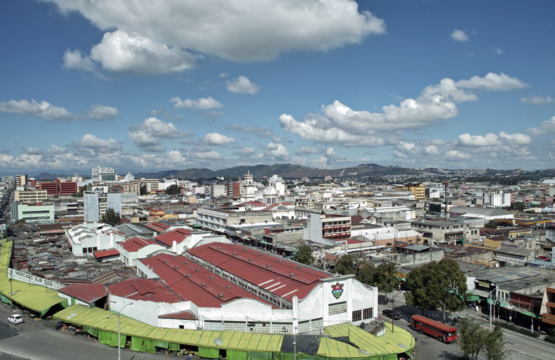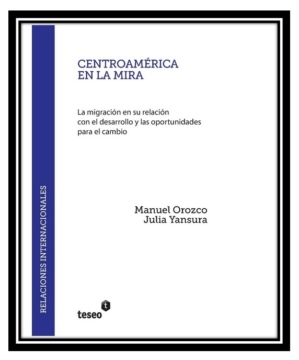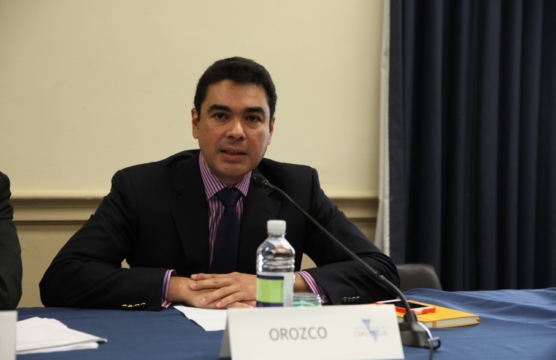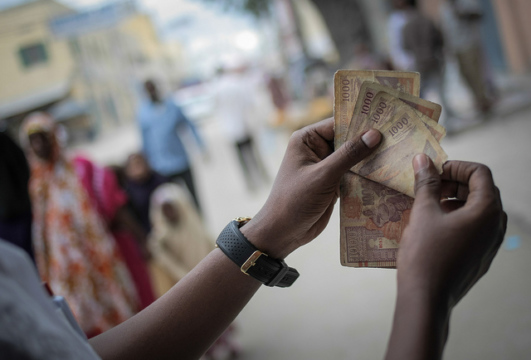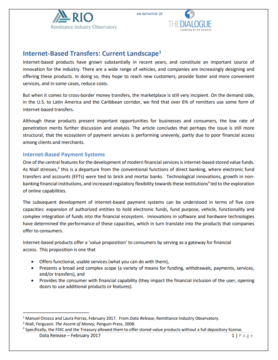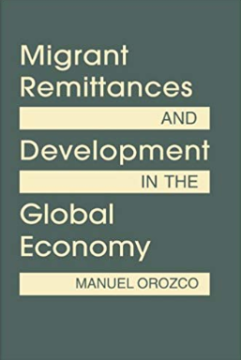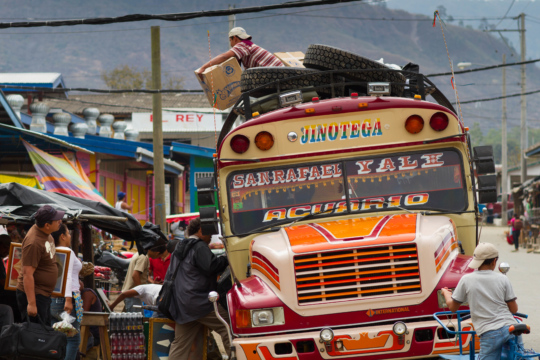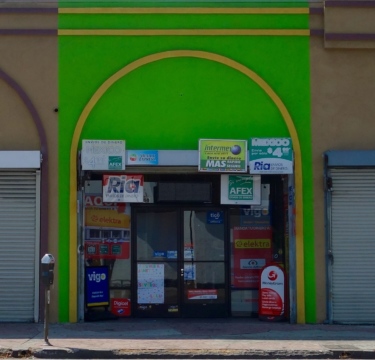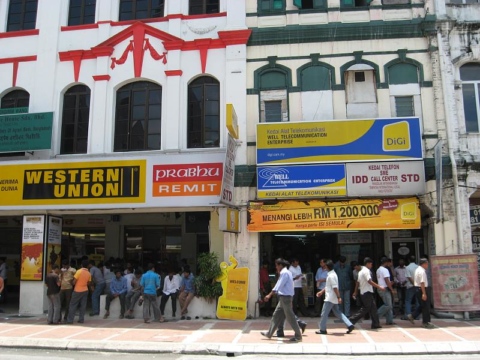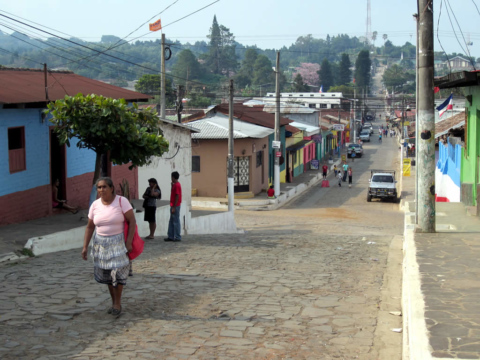
Latin American & Caribbean Remittances, 2015
The Continued Growth of Family Remittances to Latin America and the Caribbean in 2015
The Continued Growth of Family Remittances to Latin America and the Caribbean in 2015
In 2014, remittances to Latin America and the Caribbean grew 4%, reaching at least $62.3 billion.
The Costs of Sending Money to Latin America and the Caribbean
Remittances can build prosperity, rather than simply sustain survival, in communities throughout Central America.
Central American migration is linked to poverty, inequality, and violence in the region.
On February 24th, the Inter-American Dialogue held its annual event on Remittances to Latin America and the Caribbean.
It has become increasingly difficult for remittance companies to access banking services. This memo analyzes current trends in bank account closures and discusses their implications for family remittances.
Migrant transnationalism, in addition to being an expression of culture, identity and love, is an important economic phenomenon.
Internet-based products have grown substantially in recent years, and constitute an important source of innovation for the remittance industry. Although these products present important opportunities for businesses and consumers, the low rate of penetration merits further discussion and analysis. The article concludes that perhaps the issue is still more structural, that the ecosystem of payment services is performing unevenly, partly due to poor financial access among clients and merchants.
A profile of Latin American and Caribbean migrants living in the Washington, DC metro area.
How do patterns of migration and remittances differ across regions? What kinds of frameworks support the contributions of remittances to local development?
La migración en Nicaragua representa más del 10% del PIB y mantiene a más de 500,000 hogares fuera de la pobreza, pero sigue siendo ignorada por el gobierno y el sector privado
There are amply cited statements about remittances that typically reflect value judgments rather than informed opinions based on empirical evidence.
This presentation was given at the international conference “Improving Data on International Migration: Towards Agenda 2030 and the Global Compact on Migration”, hosted by Germany’s Federal Foreign Office and convened by the International Organization for Migration’s (IOM)’s Global Migration Data Analysis Center (GMDAC), with support from the US Department of State and the European Commission’s Knowledge Center on Migration and Demography.
This article analyses financial access in El Salvador, delving into its characteristics and determinants. The article also presents the impact of a financial inclusion strategy to increase savings formalization rates among the population. The analysis is based on a financial advising project for more than 17,000 Salvadorans at branches of…


